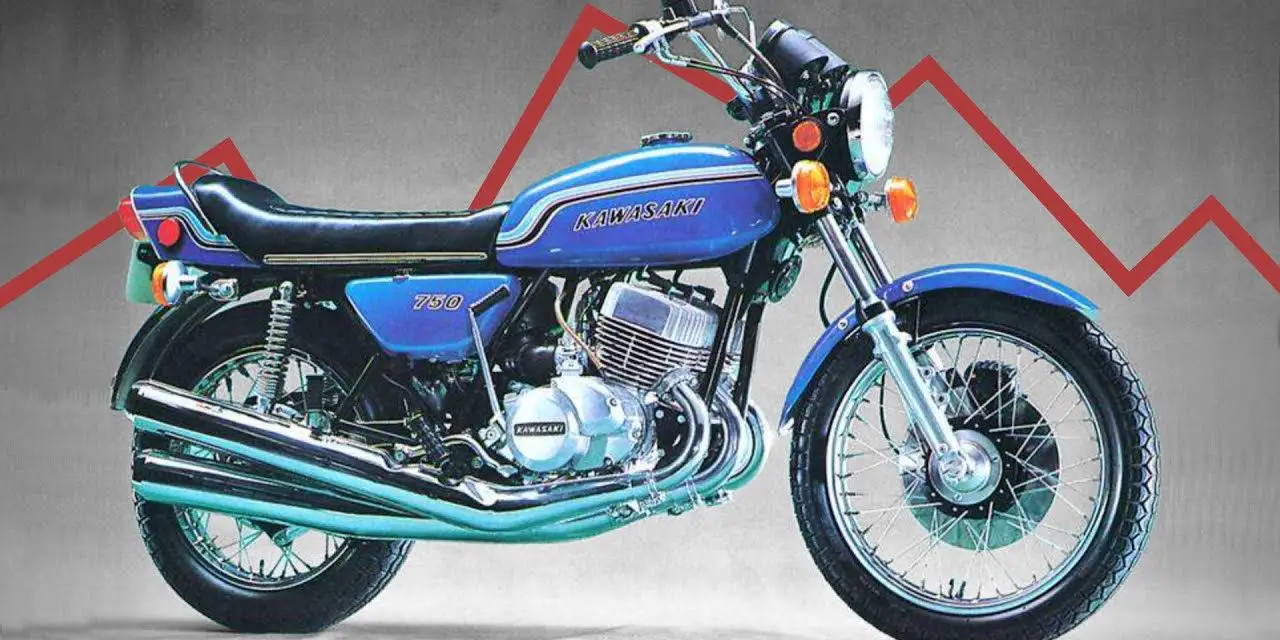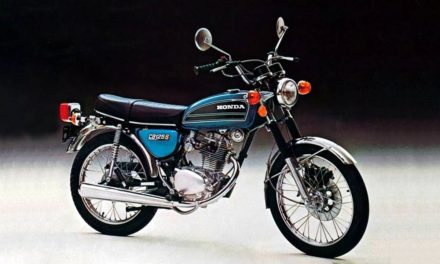Two-stroke motorcycles have a storied history filled with innovation, dominance, and ultimately, decline. From their early days of racing supremacy to their fall from favor due to regulatory pressures, the journey of the two-stroke engine is both fascinating and complex. This article delves into the factors that led to the demise of these iconic machines,
1. Early Dominance and Innovation
The two-stroke engine made its mark early in the 20th century, with Scott’s liquid-cooled two-stroke twin proving to be a game-changer in the 1900s. These engines were lighter and more powerful than their four-stroke counterparts, dominating hill climbs and early races. Innovations like Walter Kaaden’s exhaust resonance technology in the 1950s further pushed two-strokes to the forefront of motorcycle racing, making them the fastest and most powerful machines of their time.
2. Regulatory Challenges
One of the earliest signs of trouble for two-stroke motorcycles came from regulatory bodies. Just as Scott’s early dominance led to handicaps in racing, modern two-strokes faced increasingly stringent emissions regulations. By the 1970s and 1980s, environmental concerns led to strict EPA regulations that made it difficult for two-stroke engines to remain viable, particularly because of their higher fuel consumption and visible emissions.
3. The Shift in Racing
In the late 1990s and early 2000s, regulatory changes in racing further sealed the fate of two-stroke motorcycles. The AMA’s 1998 ruling allowed 450cc four-stroke dirt bikes to compete against 250cc two-strokes, effectively pushing two-strokes out of competitive motocross. Similarly, the FIM’s decision to introduce four-stroke engines with larger capacities in MotoGP led to the rapid decline of two-stroke dominance in Grand Prix racing.
4. The Production Decline
As emissions regulations tightened, manufacturers found it easier to develop and refine four-stroke engines to meet new standards. This shift was evident in the production side, where two-stroke street bikes became rare. The focus on four-stroke technology was driven by the need to comply with environmental regulations, making it financially unviable for companies to continue investing in two-stroke development.
5. A Glimmer of Hope
Despite the decline, there is still a dedicated following for two-stroke motorcycles, and companies like KTM have continued to innovate. KTM’s development of transfer port fuel injection (TPI) technology has made it possible to produce two-stroke engines that meet modern emissions standards. This has kept the two-stroke spirit alive, particularly in the dirt bike segment, and offers a glimpse of what might be possible if more manufacturers invested in this technology.
The story of the two-stroke motorcycle is a testament to the impact of innovation, competition, and regulation on technological development. While their heyday may be over, the legacy of two-stroke engines continues to inspire enthusiasts and engineers alike.








